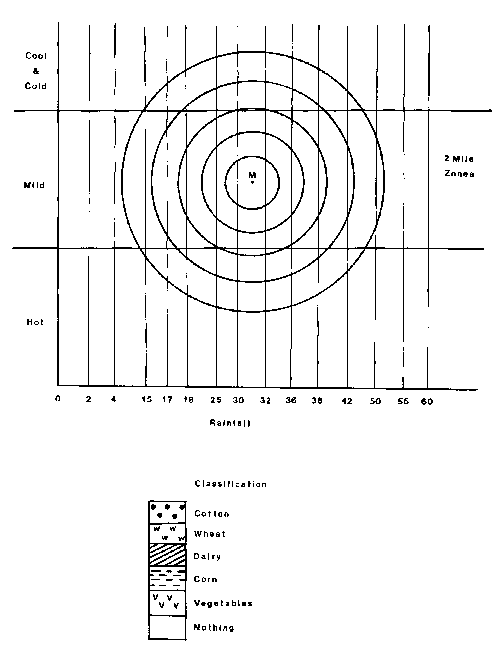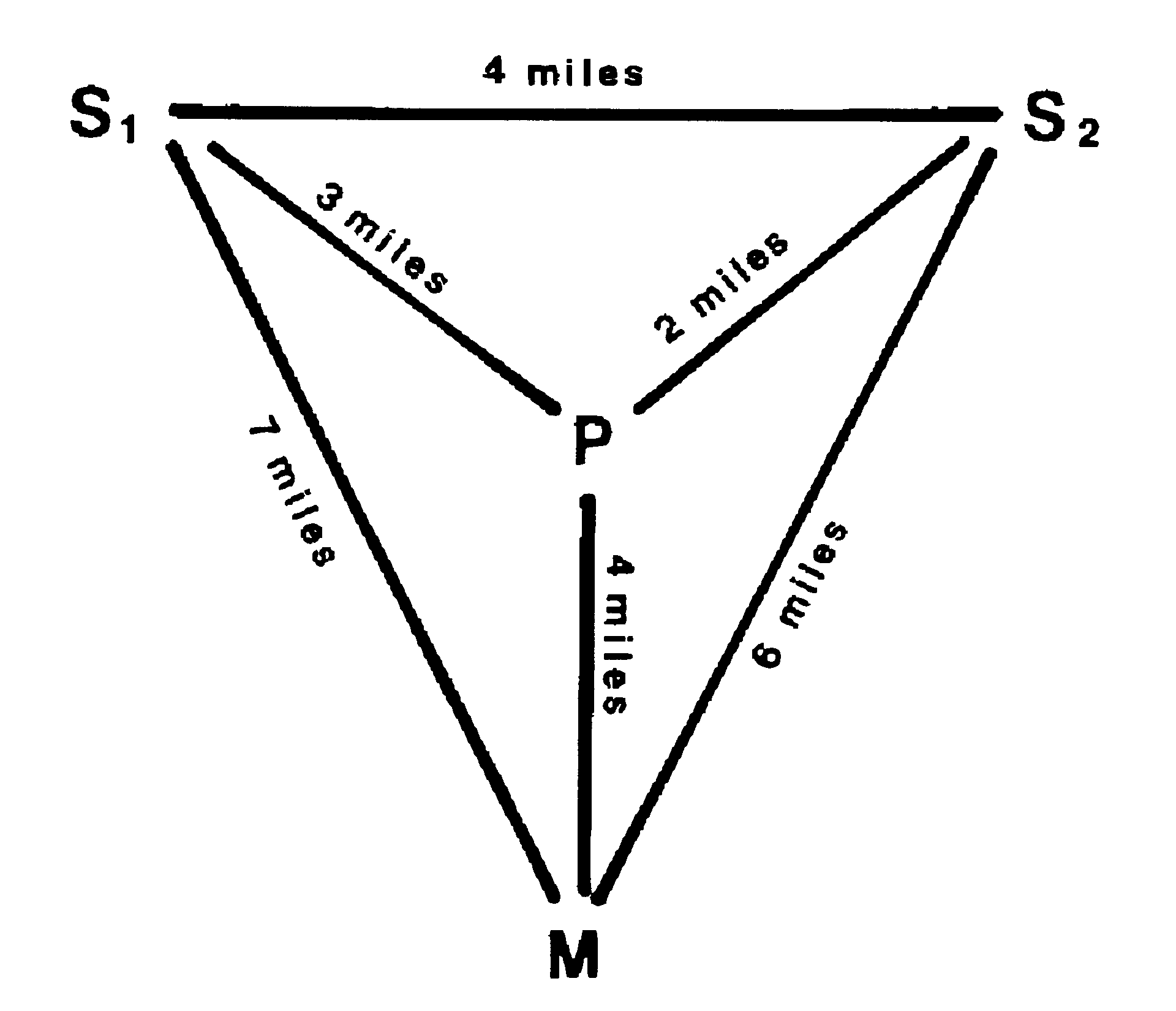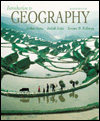Web Page Questions: Answer the following questions using the web pages listed in the chapter. 1. U.S. Department of Agriculture - http://www.usda.gov/
What are the
six mandates from the USDA? 1) _________________________________________________________________________________ 2) _________________________________________________________________________________ 3) _________________________________________________________________________________ 4) _________________________________________________________________________________ 5) _________________________________________________________________________________ 6) _________________________________________________________________________________
2. Organization for Economic Cooperation and Development - http://www.oecd.org a. How many OECD centers are there worldwide and where are they located? _____________________________________________________________________________________ b. How many countries belong to the OECD and who are the newest members? ___________________________________________________________________________________ __________________________________________________________________________________
Problems: 1. This exercise examines the effects of various costs, especially transportation
costs and climate constraints on the spatial organization of agricultural activities
located around a central market. This demonstrates the applicability of von
Thunen's rent theory to agricultural problems. In order to produce a map showing the distribution of crops within an area,
three assumptions must be considered: 1. This is an isolated region within which all agricultural produce is
sold at a central market town. 2. The variety of crops is limited to dairy products, vegetables, corn,
cotton and wheat due to climatic and prevailing market conditions. 3. The farmers are rational-economic producers, that is, they will produce
those products which yield the greatest profit on their land.
a) Using the following formula for calculating economic rent: ECONOMIC RENT (R) = E (p - a) - E f k where: E = yield in units per acre p = market price per unit of output a = cost of production per unit per acre f = transport cost per unit per mile k = distance from the market in miles
and the following cost data from agricultural activities, determine the rent
for each of the activities for each of the five distance zones (k = 2 miles,
4 miles and so on). Cost Data for Agricultural Activities | | | | | | Determine Rent for each value of
k | | | a($) | E | p | f | 2 | 4 | 6 | 8 | 10 | | Cotton | .25 | 100 | .60 | .03 | | | | | | | Wheat | .45 | 125 | .65 | .02 | | | | | | | Dairy | .25 | 200 | .55 | .04 | | | | | | | Corn | .20 | 300 | .30 | .01 | | | | | | | Vegetables | .20 | 200 | .70 | .10 | | | | | |
b. For that activity which yields the highest rent for a particular distance
(e.g., up to 2 miles) check the environmental constraint table to see if temperature
and precipitation permit it to exist in that band or any part of it. Using the
appropriate symbol for that activity, draw on the map that area where the activity
should be found based upon its rent and climate needs. If there
is still unallocated space within the zone, go to the activity which yields
the next highest rent, check the environmental constraints for it and draw its
symbol in the area where the first activity cannot be produced. If there is
still unallocated space, go to the next highest rent yielding activity and so
on until the zone is completely allocated to agricultural activities. Proceed to the next distance band (4 miles) and allocate land uses in the
same manner until all land uses are allocated. Do this for every one of the
five distance bands until all the activities have been allocated. If two activities yield the same rent for a particular area, and are permitted
by climate conditions, then insert both symbols to show that they both might
be found there. If any of your calculations produce a negative value for Rent,
treat it as though it were zero.
Environmental Constraints| Activity | Temperature | Precipitation | | Cotton | Hot | 30 - 55 inches | | Wheat | Mild | 15 - 55 inches | | Dairy | Cool - Mild | 25 - 55 inches | | Corn | Mild - Hot | 20 - 55 inches | | Vegetables | Mild - Hot | 28 - 48 inches |
 <a onClick="window.open('/olcweb/cgi/pluginpop.cgi?it=gif::Rent Districting::/sites/dl/free/0072367229/9470/image10_01.gif','popWin', 'width=518,height=669,resizable,scrollbars');" href="#"><img valign="absmiddle" height="16" width="16" border="0" src="/olcweb/styles/shared/linkicons/image.gif">Rent Districting (10.0K)</a>Rent Districting <a onClick="window.open('/olcweb/cgi/pluginpop.cgi?it=gif::Rent Districting::/sites/dl/free/0072367229/9470/image10_01.gif','popWin', 'width=518,height=669,resizable,scrollbars');" href="#"><img valign="absmiddle" height="16" width="16" border="0" src="/olcweb/styles/shared/linkicons/image.gif">Rent Districting (10.0K)</a>Rent Districting2. The least cost theory of industrial location states that industries will
locate wherever costs are the lowest, particularly transportation costs. By
referring to the section entitled "Least-Cost Theory" and using the
information from the diagram and table below, you can calculate the optimum
location, based solely on transportation costs. The diagram shows the locations of various factors: raw material 1 (S1),
raw material 2 (S2), an independent site for manufacturing (P) and the market
for the finished product (M). The distance in miles between each of the locations
is also provided. The finished product may be manufactured at one of the four
locations, but there will be differing transportation costs associated with
each. You are given a table of transportation costs, both terminal and line-haul,
for the raw materials and the finished product.
 <a onClick="window.open('/olcweb/cgi/pluginpop.cgi?it=gif::Location Diagram::/sites/dl/free/0072367229/9470/image10_02.gif','popWin', 'width=400,height=346,resizable,scrollbars');" href="#"><img valign="absmiddle" height="16" width="16" border="0" src="/olcweb/styles/shared/linkicons/image.gif">Location Diagram (24.0K)</a>Location Diagram <a onClick="window.open('/olcweb/cgi/pluginpop.cgi?it=gif::Location Diagram::/sites/dl/free/0072367229/9470/image10_02.gif','popWin', 'width=400,height=346,resizable,scrollbars');" href="#"><img valign="absmiddle" height="16" width="16" border="0" src="/olcweb/styles/shared/linkicons/image.gif">Location Diagram (24.0K)</a>Location Diagram Transportation Costs per Ton(in dollars): | | Raw Material 1 | Raw Material 2 | Finished Product | Loading | 1.25 | 1.00 | 1.50 | | Shipping/mile | .50 | .75 | .85 | | Unloading | .60 | .60 | 1.50 |
Production of the finished product requires 3000 tons of raw material 1 which
has a weight loss of 1/3 of the original weight and 4000 tons of raw material
2 which has a weight loss of 5/8 of the original weight. a. Calculate the total costs of shipping the raw materials and finished product,
for each of the four locations, using the information provided. b. Indicate the optimum location for the manufacture of the finished product,
and provide a reason for choosing that location.
#1 Location: S1 | Raw Material 1 | Raw Material 2 | Finished Product | | Loading | | | | | Unloading | | | | | Line-Haul | | | | | Total | | | |
Total Transportation Costs _______________ #1 Location: S2 | Raw Material 1 | Raw Material 2 | Finished Product | | Loading | | | | | Unloading | | | | | Line-Haul | | | | | Total | | | |
Total Transportation Costs _______________ #1 Location: S3 | Raw Material 1 | Raw Material 2 | Finished Product | | Loading | | | | | Unloading | | | | | Line-Haul | | | | | Total | | | |
Total Transportation Costs _______________ #1 Location: S4 | Raw Material 1 | Raw Material 2 | Finished Product | | Loading | | | | | Unloading | | | | | Line-Haul | | | | | Total | | | |
Total Transportation Costs _______________ Optimum Location for Production is: ____________________________________________________ The reason for selecting this site: ________________________________________________________________ ____________________________________________________________________________________________ Critical Thinking Questions - Your client wants to invest a billion dollars to create a year-round resort
in a very mountainous area in a Dfa-Humid Continental climate region. Your
assignment from your supervisor is to describe the region's physical characteristics,
the potential impact of natural atmospheric and geologic processes on the
site, and the ease of access within the region. Include two topographic features
of mountain regions, two characteristics of Dfa climates, one topographical
hazard of mountain regions, and one atmospheric hazard of these regions. Lastly,
discuss potential human impact on the region should the resort be built.
- You have been asked by your supervisor to provide a client with information
concerning the siting of a factory. This manufacturing operation requires
much land area, tons of raw materials, a complicated process that produces
much waste and by-products (solid, liquid and airborne), a strong technical
support staff. Using geographic principles of location, describe the physical,
economic, political and social factors the client must consider when weighing
options to locate the plant.
- The Green Revolution has saved an estimated one billion people from starvation
and many more from death. It has also helped to reduce infant mortality rates
and increase the number of live births. In light of the population problems
discussed in Chapter 6, discuss the pros and cons of the Green Revolution.
- Discuss the erroneous statement "Once least-cost sites for industry
are developed, they remain permanently as most advantageous locations."
- Explain why the Humid Subtropical climate (Cfa) is one of the world's most
agriculturally productive climates and also one of the most densely populated.
| 


 2002 McGraw-Hill Higher Education
2002 McGraw-Hill Higher Education

 2002 McGraw-Hill Higher Education
2002 McGraw-Hill Higher Education